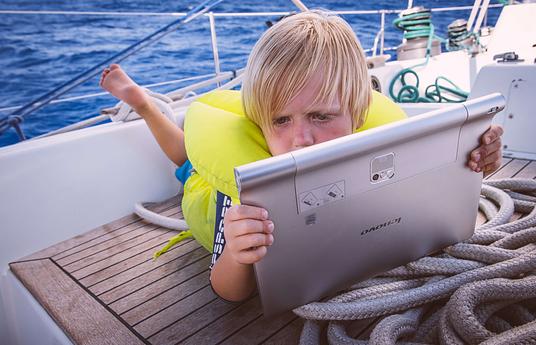I believe school should be playful, rigorous and life-affirming. If so, children will become the backbone of communities that evolve into stronger, smarter, more resilient places.
Gameplay results in a mathematical model of the past, prompting a wide range of emotions and cognitive responses that players identify, monitor, organize & evaluate. This inquiry-led approach might look loose, but the result is a classroom of interdependent learners who are on a mission to best themselves! Enthusiasm, anticipation, authenticity, determination, courage, commitment, honesty, humility, forgiveness, generosity. Passersby might peek into the classroom and see chaos! Perhaps. But at the half-way mark, students break from first-person to gather around the board game surface. Next, the same students, now scientists, sauce out who, where, what, why. And, most importantly, "how can we take history and work from strength to strength in our time?"
Lucky for children, they seem to have a much easier time moving from recognition to action after after they've identified and named emotions.
Word of mouth. Once teachers give this method a chance, after they've experienced the dividends of using a inquiry-led learning, there's no looking back!
Call me! BRAVE is for K4-5 classrooms of 18+ students. Teachers appreciate guidance as they transition to "facilitators," noting this is inquiry-led, and content is far more comprehensive than trad textbooks. If schools buy games--easy to ship--I'll train/advise until everyone feels comfortable leading. That said, teachers adapt quickly, outpacing me in facilitation skills in the wink of an eye.



